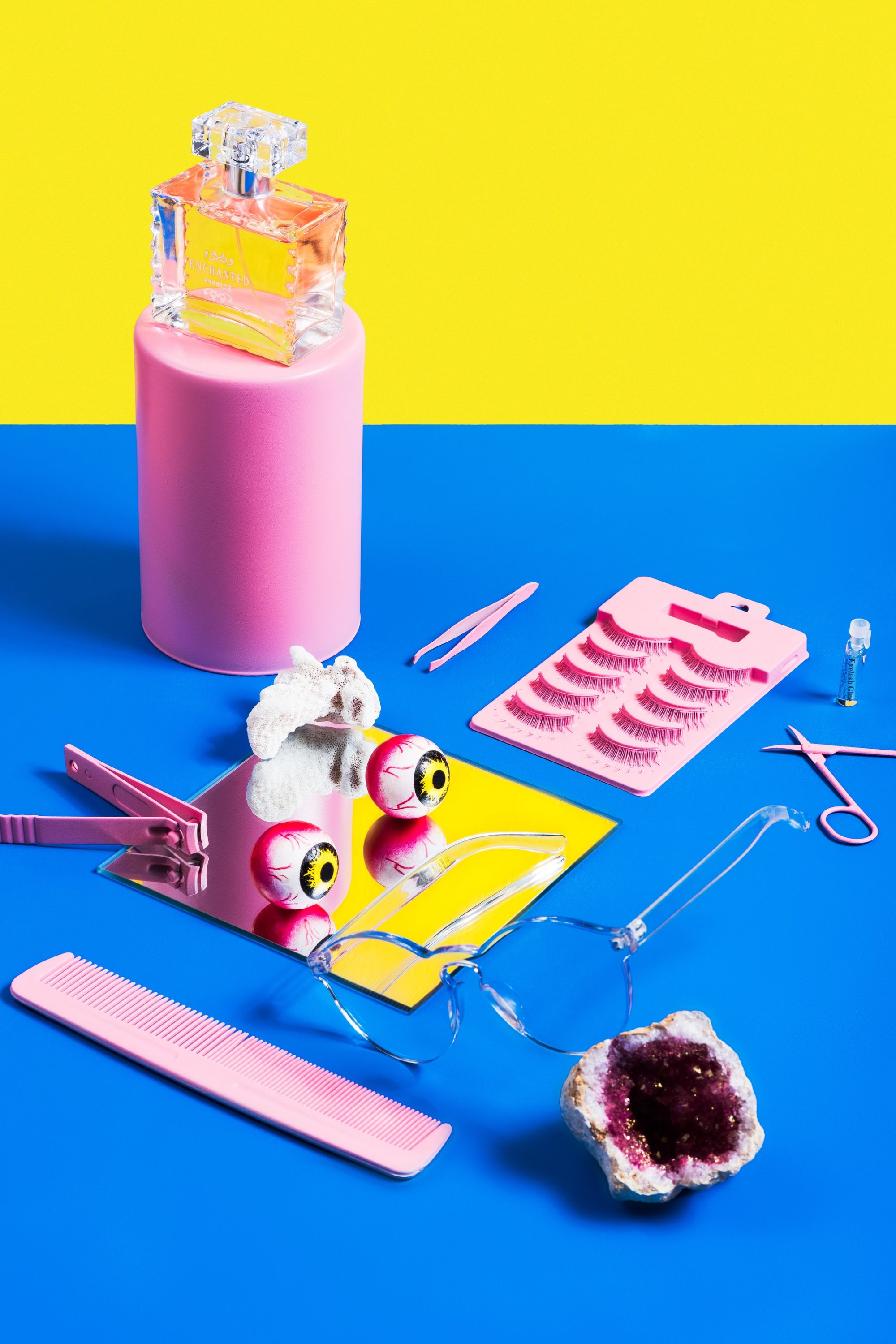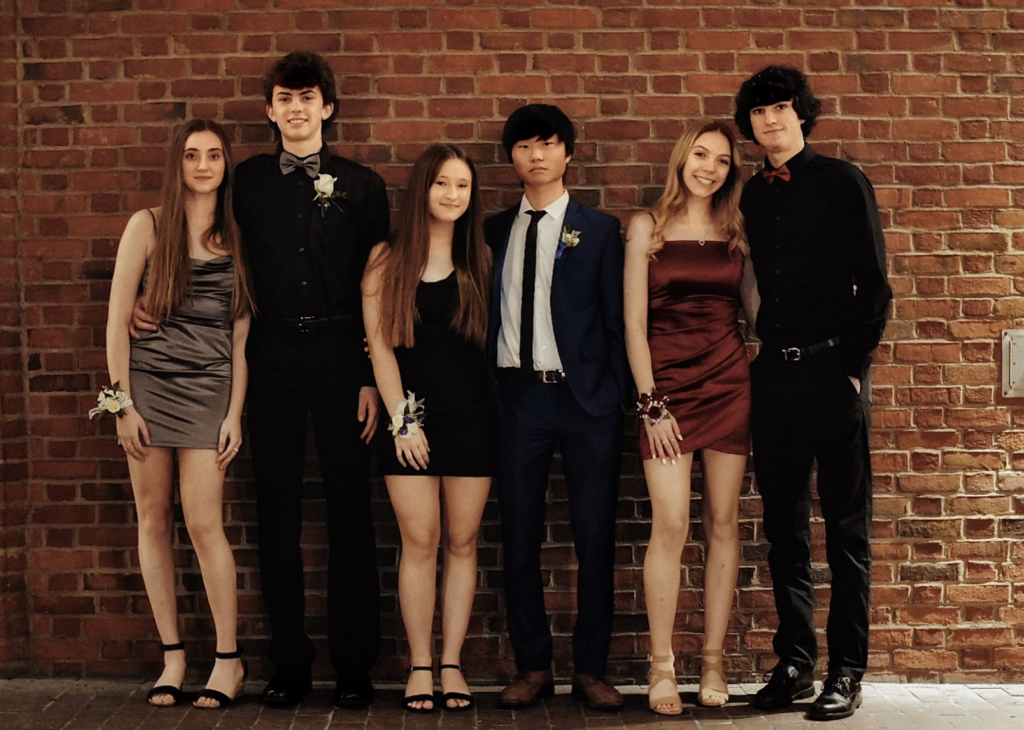Finding and using adequate backdrops is one of the most important tasks for every studio photographer. The type and color of backdrops you use can seriously impact the quality and atmosphere of your photos, so you should take time to choose them carefully.
The first thing you need to decide is what type of backdrop you want to use. There are three main types of backdrops – muslin, seamless paper and painted canvas.
Muslin backdrops are usually very affordable and they are made of woven cotton fabric. This makes them very portable and easy to clean and use many times. When it comes to paper backdrops, they are also quite common and they come in the form of paper roll. They are light and easy to use. Another great thing about them is that they can be found in a variety of colors and textures. However, they are fragile and it’s hard or impossible to clean them, which means they are best for one-time use.
Finally, canvas backdrops are somewhat more expensive and they can be found in majority of established photography studios. They are a good investment because they can hang flat and have a consistent look regardless of how many times they have been used.
Now a couple of really useful tips for using backdrops:
1.Coordinate the colors in the background and the foreground
The purpose of the backdrop is to make the subject stand out and complement it. Because of this, you should choose a background color or pattern that highlights the subject, without detracting their look. The choice of colors should depend on the subject’s clothing and features, such as skin and hair color. Always test a few different colors (lighter and darker ones) for every subject you shoot.
2.Make sure your subject is not too close to the backdrop
For majority of backdrops, placing the subject about 6 ft. (180cm) in front of the backdrop gives the best results. This distance diffuses the details of the backdrop, but it still shows its texture. If you ask your subject to stand too close to the backdrop, you’ll probably end up having issues with reflections and harsh shadows.
3.Don’t choose a backdrop that will take attention away from the subject
Be careful about those “fun” backdrops with aggressive patterns, color swirls or bold graphics. They can easily take the focus away from the subject. However, if you’re shooting something more experimental, such as musicians or other types of artists, don’t worry that much about these common guidelines.
4.Try to fill the frame with your subject
In case you’re shooting a rather simple portrait and you aren’t using any props, filling the frame with your subject is a good idea. Too much empty space around the subject will probably look unnecessary and make the emotional impact of the photo weaker, since the backdrop will look dominant.
5.High-key or low-key lighting for dramatic effects
If you want to create a truly dramatic studio portrait, you can experiment with high-key and low-key lighting. High-key lighting will blow out the backdrop and focus all the attention on the subject by surrounding them with light. When it comes to low-key lighting, it will also draw attention to the subject, but by surrounding them with shadows.
6.Position your subject properly
You might be tempted to put your subject in the dead center of the backdrop, but try to avoid this! The rule of thirds and other compositional rules matter even when you’re shooting a simple portrait in your studio.
7.Create a fantasy land with your backdrops and props
Backdrops can take your subject anywhere – in case you want to create a truly unique scene, try combining creative backdrops (vivid colors, interesting textures) with various props, such as stools, tables or boxes. Such scene will have a great storytelling potential and it will be more memorable than a regular portrait in front of the backdrop.
These are just some initial steps towards improving your studio portraits. In case using backdrops sounds fun and you want to learn more about it and improve your studio shoots, check out these useful links below:
Further Resources:
- Photography Backdrops: A guide For a Complete Beginner
- Photography Backdrop: The Ultimate Guide to Getting your Backdrop Right
- Buying Guide: Choosing the Right Studio Backdrop for Your Photo Shoot














1 Comment
Great article. I have just started painting my own backgrounds another greatest to get creative about your work.